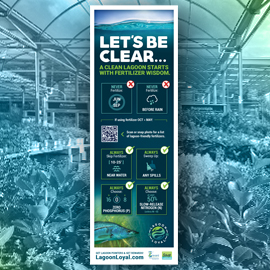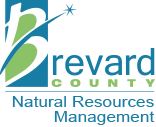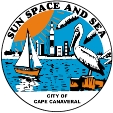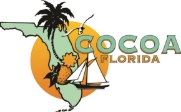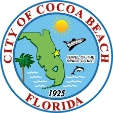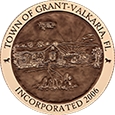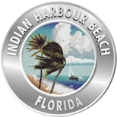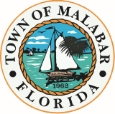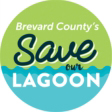Lagoon-Friendly Fertilizer
![]()
These fertilizer tips can save money, time and aquatic life.
Every yard and neighborhood in Brevard County is connected to water bodies. In waterfront communities, the connection is obvious. However, in other neighborhoods, the connection may be more gradual and unnoticed.
Whether you live near the lagoon or miles away, the decisions you make about fertilizer can impact the health of local waterways. Your fertilizer may start in your lawn or garden, but — once it rains — it can get washed down to storm drains, ditches, streams, or rivers.
The phosphorus and nitrogen present in fertilizers fuel the excessive growth of algae. This can smother natural vegetation, depleting oxygen and resulting in dead fish.
Fortunately, there are small changes you can make to protect the lagoon — and the aquatic life who call it home.
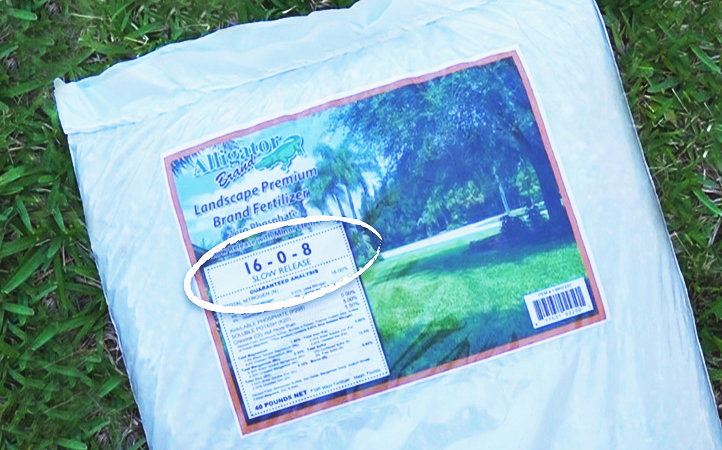
CHOOSE A ZERO-PHOSPHORUS AND AT LEAST 50% SLOW-RELEASE NITROGEN FERTILIZER.
Have you ever noticed a body of water that looks brown or discolored? The culprit may have stemmed from your very own lawn. After receiving word about discolored water in the Indian River Lagoon, researchers from the Florida Fish and Wildlife Conservation Commission (FWC) and partners from the St. Johns River Water Management District and the University of Florida took water samples to find out the cause.1
The offender? A bloom of brown tide algae. Brown tide algae can spike shellfish, fish deaths, and cause seagrass loss, which is a major source of food for manatees. Manatees may move to other locations or feed in shallower areas, which may put them in harm’s way of nearby boats.
How can you help? If you choose to fertilize your lawn, select a fertilizer with zero phosphorus and at least 50% slow-release nitrogen.
![]()
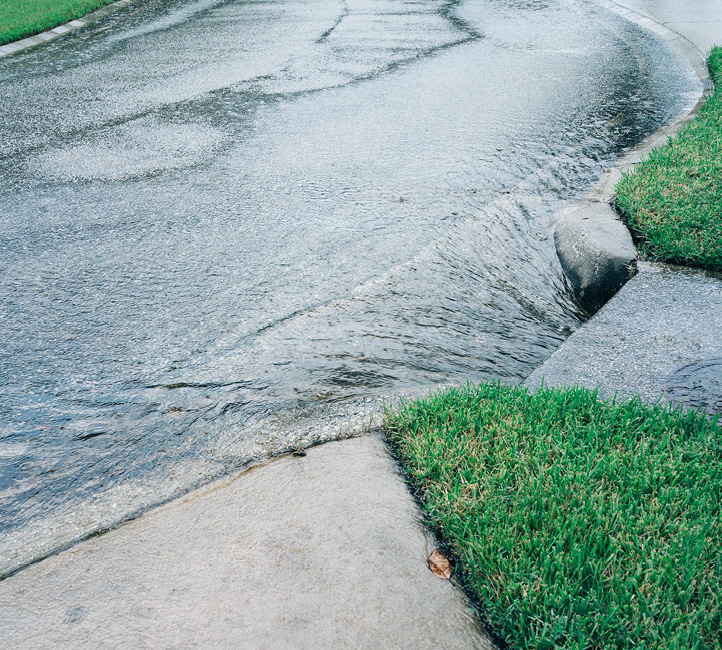
THINK ABOUT YOUR TIMING.
No matter where you live, surface water that leaves your landscape as runoff (either due to rain or over-watering), together with any fertilizers and pesticides in that runoff, can eventually drain into a water body, such as the lagoon.
To minimize the impact, plan ahead.
Did you know that Florida receives 80 percent of its rainfall during the summer? Heavy rain can wash fertilizer away from your lawn and into local waterways. Nearly 81,700 pounds per year of total nitrogen and 4,200 pounds per year of total phosphorus enter the lagoon watershed from excess fertilizer application.4
This “nutrient pollution” negatively impacts algal bloom and aquatic habitats.
Do your part to help the lagoon and other local waterways by going fertilizer-free June 1 – September 30.
During the rest of the year, check the weather forecast before fertilizing the lawn. Is heavy rain predicted? Wait until the skies clear back up to apply fertilizers and pesticides. That will help lessen the impact of both on the lagoon.
Timing is everything. By skipping fertilizer during rainy periods, you can save money — and the environment.
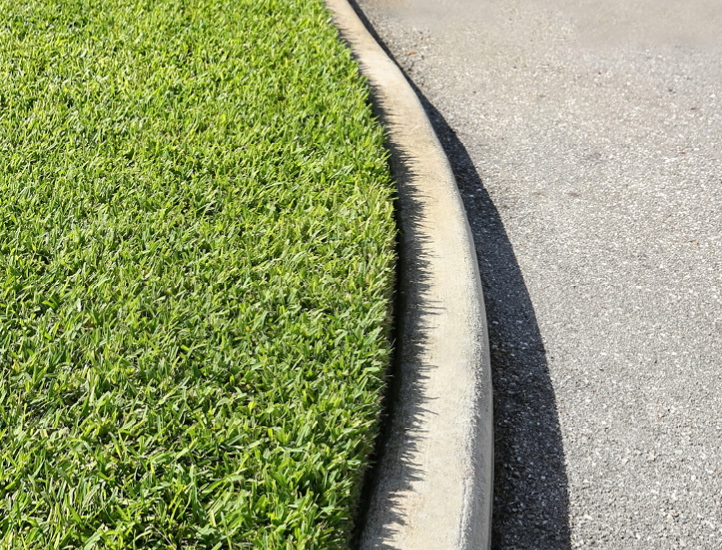
USE GRASS CLIPPINGS AS ORGANIC FERTILIZER.
Re-use your grass clippings to save money and enrich your soil. Your grass clippings are made of 90 percent water and decompose quickly, according to the University of Florida, Institute of Food and Agricultural Sciences Extension. After grass clippings decompose, they provide nitrogen to the soil that’s equal to one to two fertilizer applications per year.5
After mowing, blow grass clippings back onto your lawn. They’ll decompose and return nutrients back to your turf. You could even use a mulching mower blade to cut grass into smaller pieces to speed up decomposition. You can also use those clippings as mulch for your garden.
Keeping grass clippings out of the street also keeps them out of the lagoon, where they would decompose and add to the accumulation of muck. Muck causes algal and phytoplankton blooms, which then block sunlight to essential seagrasses — and even consumes oxygen fish need to survive.
Simply blow your grass clippings and leaves back onto your lawn. You’ll save money on fertilizer and mulch — and the lagoon will be free from grass and lawn clippings.

DESIGNATE A “MAINTENANCE-FREE” ZONE BETWEEN YOUR LANDSCAPE AND THE WATER LINE.
Make sure to mentally or physically designate a “maintenance-free” zone, where no fertilizers or pesticides are applied. This area should be at least 10-feet between your landscape and the water line. By doing so, you’ll be protecting local waterways (such as the lagoon) from runoff filled with nutrient pollutants.
Excess nutrients increase algae growth in the lagoon. When algae decomposes, it creates odors and decreased oxygen levels, which result in dead fish. Do your part to protect the lagoon by creating a protective barrier between it and your landscaping treatment.
Want to be an environmental overachiever? Establish a 25-foot maintenance-free zone. The bigger, the better!
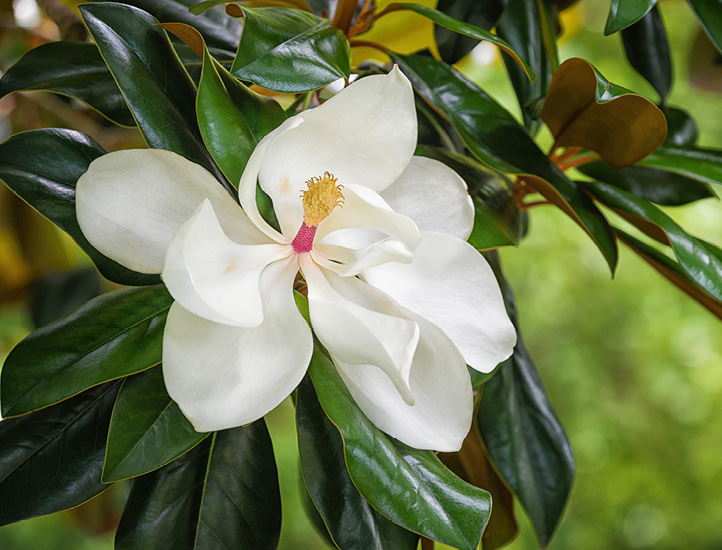
PLANT LAGOON-FRIENDLY PLANTS.
Did you know that lagoon-friendly plants don’t require fertilizers?6
They also require fewer pesticides than exotic plants, according to the U.S. Forest Service. Some of the lesser known benefits include that they require less water than lawns — and they help prevent against erosion. The deep root systems of certain plants can even increase the soil’s ability to store water. That can significantly reduce water runoff and, therefore, flooding.
Lagoon-friendly plants also provide nectar, pollen, and seeds to native butterflies, insects, birds and other animals. Imagine eating breakfast on your back porch while you watch local wildlife eat theirs, too.
How can you select plants that are well-suited for your area?
Start with “The Florida Friendly LandscapingTM Guide to Plant Selection & Landscape Design.” Make sure to double-check with your county’s UF/IFAS Extension office to confirm that those specific plants will work for your area. It can provide free, research-based gardening and landscaping information.
SWEEP UP FERTILIZER SPILLS.
Have you ever spilled fertilizer on your driveway by accident? (It happens to the best of us.) Simply sweep it up and put it back into the fertilizer bag. If you hose it down, it can end up in the storm drains and, eventually, the lagoon. Skip the water and stick with dry clean-up methods. Just remember: Use it, don’t lose it! Washing fertilizer away is like pouring money — and nutrient pollutants — down the drain.
Why This Matters to All of Us
Choosing an eco-friendly fertilizer and being mindful with your lawn care can help you save the lagoon, aquatic life, and your own hard-earned money.
The decisions made today impact the environment tomorrow — and what is left behind for future generations.
BECOME LAGOON LOYAL
Earn points for making lagoon-friendly choices, like the above. Those points will add up to discounts at participating local businesses. Sign up to become Lagoon Loyal and get rewarded for helping the lagoon!
Let’s Be Clear…Fertilizer FAQ
SOURCES:
1 “Effects of Brown Tide in the Indian River Lagoon (2012).” myfwc.com, Florida Fish and Wildlife Conservation, https://myfwc.com/research/redtide/monitoring/historical-events/brown-tide/.
2 “Trouble With Phosphorus in Lake George.” www.lakegeorgeassociation.org, Lake George Association, https://www.lakegeorgeassociation.org/educate/science/lake-george-water-quality/trouble-with-phosphorus/.
3 “Fertilizer Buying Guide.” www.lowes.com, Lowe’s, https://www.lowes.com/n/buying-guide/fertilizer-buying-guide.
4 “Save Our Indian River Lagoon Project Plan 2019 Update.” Prepared for Brevard County, March 2019, PDF File (Page 14).
5 “Grass-Cycling.” sfyl.ifas.ufl.edu, University of Florida, Institute of Food and Agricultural Sciences Extension, 21 Feb. 2019, https://sfyl.ifas.ufl.edu/sarasota/natural-resources/waste-reduction/composting/what-is-composting/what-can-be-composted/grass-cycling/.
6 “Native Gardening.” www.fs.fed.us, U.S. Forest Service, https://www.fs.fed.us/wildflowers/Native_Plant_Materials/Native_Gardening/index.shtml.






